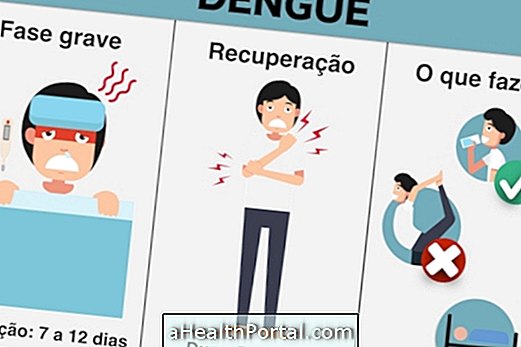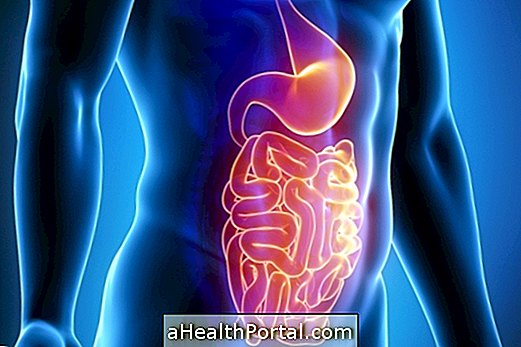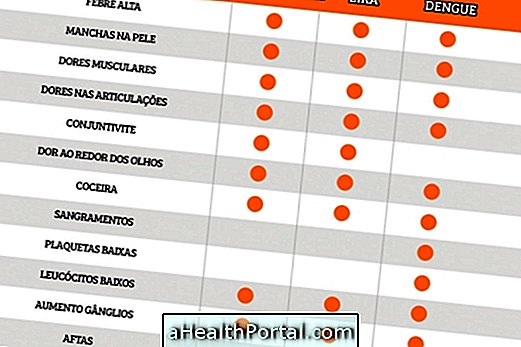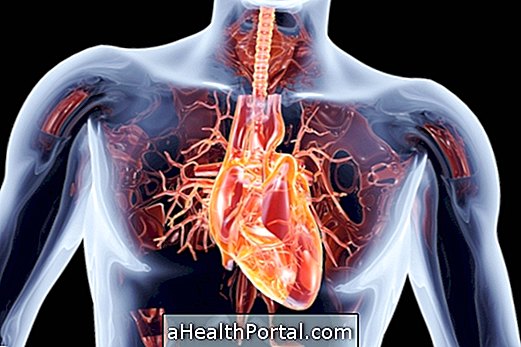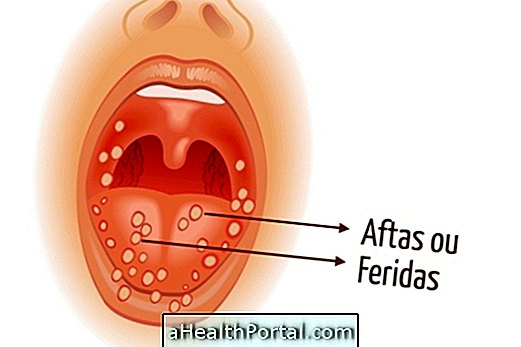Swine flu, also known as H1N1 flu, is a respiratory disease caused by the Influenza A virus that was first identified in pigs, however the presence of a variant in humans has been found. This virus can be easily transmitted through droplets of saliva and respiratory secretions that are suspended in the air after the infected person sneezes or coughs.
The symptoms of swine flu usually appear 3 to 5 days after contact with the virus and are similar to the common flu, with fever, general malaise and headache. However, in some cases, the infection can also result in serious complications, such as difficulty breathing, requiring hospitalization.
-o-que--sintomas-transmisso-e-tratamento.jpg)
Main symptoms
The symptoms of swine flu usually appear 3 to 5 days after contact with the virus, with the development of signs and symptoms such as:
- Fever;
- Tiredness;
- Body ache;
- Headache;
- Loss of appetite;
- Persistent cough;
- Shortness of breathe;
- Nausea and vomiting;
- Sore throat;
- Diarrhea.
In some cases, the person may also develop severe respiratory complications within a few days after the onset of symptoms, which can result in respiratory failure. In this case, it may be necessary to breathe with the help of devices, in addition to an increased risk of secondary bacterial infections, with a greater risk of sepsis, which can put the person's life at risk.
How the transmission happens
The transmission of swine flu occurs through droplets of saliva and respiratory secretions that are suspended in the air when the infected person coughs, sneezes or speaks. In addition, this virus is able to remain on surfaces for up to 8 hours and, therefore, it is possible that the disease is also transmitted through contact with contaminated surfaces.
Swine flu can also be transmitted through direct contact with infected pigs, however transmission does not happen when meat from these pigs is consumed, because the virus is inactivated and eliminated when exposed to high temperatures.
How the treatment is done
If there are suspicious signs and symptoms of swine flu, it is important to go to the hospital so that tests can be done to make the diagnosis of the disease, and then it is possible to start the most appropriate treatment. Treatment is usually done with the person in isolation, to prevent transmission of the virus to another person, and involves rest, fluid intake and the use of some antivirals.
In the most severe cases, mechanical ventilation may also be necessary to avoid respiratory failure, and in these cases, the use of antibiotics may also be indicated to prevent secondary bacterial infections, which may further complicate the person's health status.
It is important that measures are adopted to help prevent infection and the transmission of diseases, it is recommended to avoid sharing personal items, avoid staying in a closed environment for a long time or with little air circulation in which there are several people, avoid contact with people suspected of swine flu, cover nose and mouth when coughing or sneezing and perform hand hygiene regularly.
See in the following video how to wash your hands properly to avoid illness:
-o-que--sintomas-transmisso-e-tratamento_2.jpg)
Was this information helpful?
Yes No
Your opinion is important! Write here how we can improve our text:
Any questions? Click here to be answered.
Email in which you want to receive a reply:
Check the confirmation email we sent you.
Your name:
Reason for visit:
--- Choose your reason --- DiseaseLive betterHelp another personGain knowledge
Are you a health professional?
NoMedicalPharmaceuticalsNurseNutritionistBiomedicalPhysiotherapistBeauticianOther
Bibliography
- MINISTRY OF HEALTH. Influenza: learn and care. Available in: . Accessed on 07 Jul 2020
- CDC. Key Facts about Swine Influenza (Swine Flu) in Pigs. Available in: . Accessed on 07 Jul 2020
- CDC. Key Facts about Human Infections with Variant Viruses. Available in: . Accessed on 07 Jul 2020
